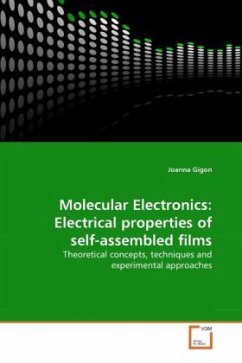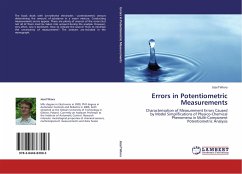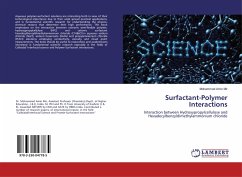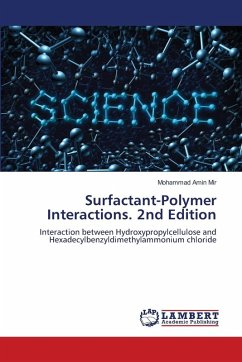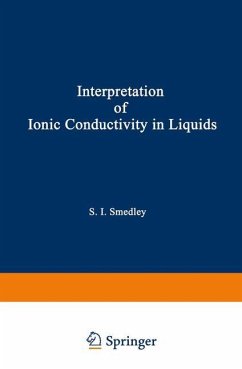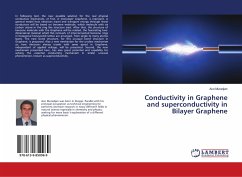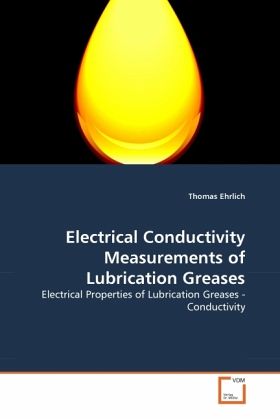
Electrical Conductivity Measurements of Lubrication Greases
Electrical Properties of Lubrication Greases - Conductivity
Versandkostenfrei!
Versandfertig in 6-10 Tagen
32,99 €
inkl. MwSt.

PAYBACK Punkte
16 °P sammeln!
Methods to reduce electrically induced bearing damage rely on special lubricating greases of either low electric conductivity, to suppress parasitic currents, to prevent the build- up of high electric voltages across the bearing. In either case, it is of interest to know the exact conductivity values of those lubricants. However, no technical standard is available so far on measuring electric conductivity of oil or grease at film thicknesses (1 mm and below). In this work, a measurement cell for simulating the electrical regime of a real bearing conceptually is developed and used with a set of...
Methods to reduce electrically induced bearing damage rely on special lubricating greases of either low electric conductivity, to suppress parasitic currents, to prevent the build- up of high electric voltages across the bearing. In either case, it is of interest to know the exact conductivity values of those lubricants. However, no technical standard is available so far on measuring electric conductivity of oil or grease at film thicknesses (1 mm and below). In this work, a measurement cell for simulating the electrical regime of a real bearing conceptually is developed and used with a set of greases. The investigated greases had all quite similar specific resistances, which were all within the variation regime of the total set of greases. The measurements worked satisfactorily for gap widths, i.e. lubricating film thicknesses, of 1 mm and 1/10 mm, respectively. Lubricating films in real bearings typically have a thickness of a few mikrons. Measurements in the test- setup at 1/100 mm gap width showed nonsatisfying results in terms of reproducibility. Some causes are further investigated and possible solutions proposed.



